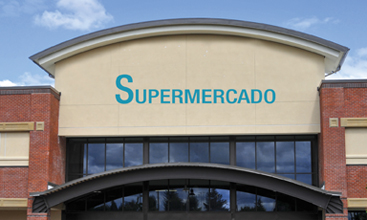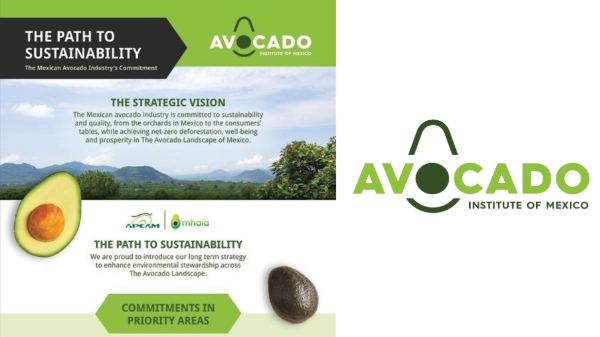Welcome to Blue Book!
Are you ready to join the thousands of companies who rely on Blue Book to drive smarter decisions? View our plans and get started today!
Still have questions? We’d love to show you what Blue Book can do for you. Drop us a line– we’ve been waiting for you.

While Hispanic supermarkets tend to focus on new-to-the-U.S. Hispanics, this is a relatively small and slow-growing group. In 2012, foreign-born Hispanics represented 6.0 percent of the U.S. population, just above the 5.0 percent they constituted in 2000. On the other hand, U.S.-born Hispanics represented 10.9 percent of the population in 2012, significantly more than the 7.5 percent they accounted for in 2000.
Such figures have led many Hispanic supermarkets to cultivate ‘acculturated’ Hispanic consumers—not to mention foodies of all ethnicities looking for authentic products—as a secondary market. The more acculturated U.S. Hispanics become, the more they may want to connect with their homeland, including through the preparation of familiar foods. Verna says Hispanic supermarkets are serving both categories, though most sales growth is coming from new niches among the unacculturated populations.
Multichannel Shoppers
Many Hispanic consumers frequent a combination of stores. Herrera notes that in Los Angeles, Hispanics shop at mainstream supermarkets Albertson’s, Ralph’s, and Vonn’s and at more upscale brands like Whole Foods, Trader Joe’s, and Sprouts. But even when they have access to a general-market store in their neighborhood, many Hispanic shoppers will opt for the specialist. “They feel more comfortable going into a Northgate or a Vallarta,” Prang says.
“Mainstream stores have lower prices, which drives consumers in, and they have Hispanic products, but not the variety that a Cardenas or Northgate would have,” comments Lilly Rocha, producer of Sabor Latino, a Hispanic-themed food industry trade show held each year in Pasadena. “They have tortillas and Tapatio sauce at a good price, but I’ll go to Superior to buy a specific product that I know Walmart doesn’t have. It’s not one or the other.”
Recent research conducted by the Hartman Group in the Dallas and San Antonio areas confirmed this behavior. “If it’s available at a good price at H-E-B, (shoppers) will get it there,” Prang says.
“But they’ll go to La Fiesta for specific, authentic Mexican things they can’t get at H-E-B.”
The price advantage of a mass merchant such as Walmart, however, can be very difficult to fight. Even as total Hispanic purchasing power is on the rise, 45.4 percent of Hispanics have incomes less than $20,000 annually, versus 35.3 percent of the U.S. population, according to the Pew Research Center in Washington DC. And just 15.4 percent have incomes of $50,000 or more, versus 28.8 percent for the U.S. population overall.
Competition and Differentiation
A February 2014 study by the Center for Multicultural Science, using information supplied by the National Grocers Association, found that 17.4 percent of all purchases in independent supermarkets in the top 20 U.S. cities (each with sales of between $2 million and $5 billion) were by Hispanic consumers. In the top four cities (Los Angeles, Dallas, Houston, and New York), 82 percent of Hispanic-driven sales occurred in Hispanic retailers located within high-density neighborhoods and communities.








